Can you believe it? The Hasselblad Queen herself, Octavia Sharp, was willing to sit down and give me 90 minutes of her time. How lucky am I! I discovered Octavia on Instagram during the earlier part of the pandemic and immediately fell in love. Shooting with her ride or die Hasselblad 501cm, Octavia has been documenting mausoleums for the past 20 years. A sea of mid century modern interiors, rich colors, and beautiful lighting, you’ll think you were transported back to the set of Mad Men (albeit, a set focused on funerals).
Often a place of quiet and remembrance, I love that Octavia has opened our eyes to the beauty of these structures. Throughout her career she has been successfully immune to the gear acquisition syndrome so many of us suffer from, which has allowed her to really come into harmony with her Hasselblad camera and produce truly stunning work. I hope you enjoy our chat, and find the beauty in these often overlooked places.
To get us started, can you give us a little introduction to yourself?
As far as film photography, I have a terrible memory, but I know I’ve been doing it since I was 15 years old. I took an overseas trip at that age and I have photos that I took on that trip, so it’s been since at least then. I don’t know why I started taking photos, someone asked me just the other day and I don’t know. I just know I started really getting interested in photography around that age, and got a camera. At the time, film was the only choice, so that’s how I got started. And then I went to school. I have an undergraduate and graduate degree in Studio Arts with a concentration in photography.
Right now in my spare time I have been taking photos, all the time. I had some photo related jobs when I first got out of school but eventually I ended up working several different jobs at vet clinics, botanical gardens, and a few museums. And in my spare time I would do my photography. And then the pandemic hit and for the first year of that I was taking care of our senior dog every day, which was fine because then I get to spend my free time with my dog. It was terrible that we were in a pandemic but it was great that I got to spend every day of the last year of my dog’s life, 24/7 with my dog. But we did unfortunately end up losing our dog, Cleveland. I’m not currently working so I had all this time and wondered what I was going to do. I was watching YouTube and wondering who are these people shooting all this film. What is going on?! So then I did this deep dive, and realized this whole film thing was coming back and thought, “Hey! I have photos like that. I want to play!” So that’s just what I’ve been doing during the pandemic, getting back into my photography.
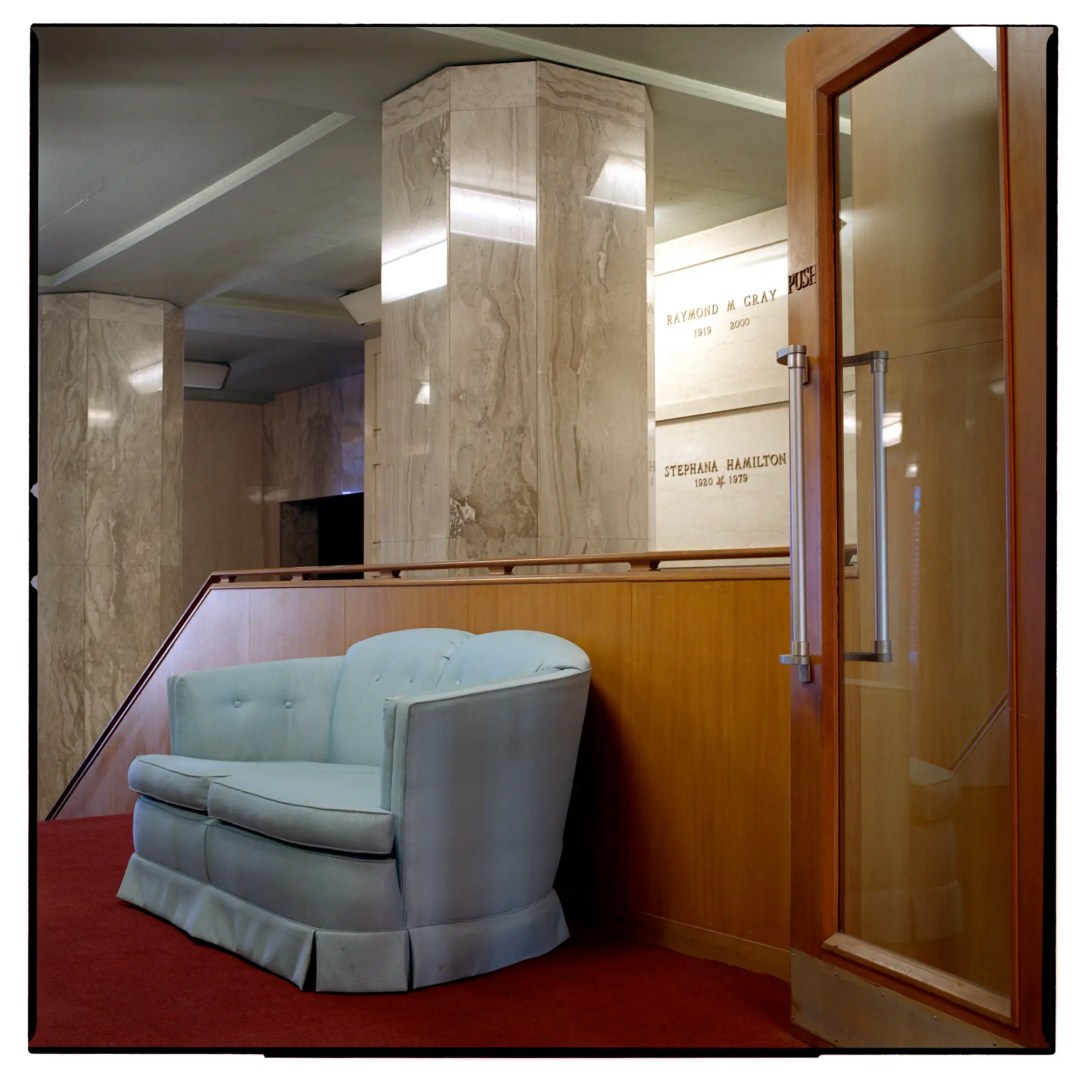
So you started shooting film at 15 years old. Did you ever have a hard break from film? Did you transition to digital as so many people have done?
When I was graduating, both undergrad and grad school, they were talking about how film was dying at that time. People have been talking about how film is dying since, like, the first digital camera came out and people were instantly like, “Film’s dead!” But I have a digital camera. I tried shooting digital. It just didn’t quite do it for me, so that’s why I’ve just stuck with film. Mainly because it’s what I started with. It’s what I know. But there have been breaks. If you’re not in school with that urge to keep shooting every day, every day, every day which you have to do because you have work you have to produce for school. If you’re not in school and you don’t have anywhere where you can constantly show stuff and have people interact with it, you start doing it less and less and less. There’s been periods where I’ve done it more and then there’s periods where I’ve done it less. But it’s always been there in some capacity.
Since school, have you had opportunities or interest in showing your work at all, like in a gallery?
Well that’s hard because for me, the minute I left school the dark room was taken away from me. I didn’t have a dark room or a place to continually keep doing work. And it’s really hard to get into a gallery, at least it was way back then. Because I graduated from grad school in 2000, it’s really hard to get into a gallery and I’m not much of a trier. I’m a little bit lazier than I should be. I did do some competitions and got some pretty good feedback. I was in a show once and got the prize and all that good stuff. I did more of that while I was in grad school and shortly there after grad school.
But the more you’re doing life and life and life the less that you can do photography and eventually it just becomes this really expensive hobby you do in your spare time. When you have everything else in life going on it’s kind of hard. Especially if you don’t have a community of people to talk to constantly to keep you motivated and keep each other motivated and bounce ideas off of everyone. That’s how I’m using Instagram right now because between 2000 and last year, I was doing work and taking photos but they were basically for me. Me and my husband were the only people who ever saw them. And there’s like 20 years of work just sitting in books no one has ever seen.
Do you remember what your first camera was?
Pentax K1000! [Our review of the Pentax K1000 can be seen here] That’s the only 35mm film camera that I’ve ever shot with. Then I wanted to graduate up to medium format, because especially when you’re printing you can make these big prints with almost no grain and that’s fun. The first medium format camera I got was the Mamiya C33. And I LOVED that camera. I still have that camera. And that’s the only medium format camera I had until I got my Hasselblad. I got that in 2004 and it was GAME OVER. I’m done. I don’t need another camera. This is as good as it gets.
That leads perfectly into my next question. I think of you as the Hasselblad Queen, so I would love to hear how you got matched with your Hasselblad and how you decided that was the camera for you?
Well, I always wanted one! Ever since grad school I always wanted one. It’s not an exciting reason why. It’s basically because William Eggleston had a Hasselblad, so I had to have a Hasselblad. And that was just it. No good reason other than he had one and shot with it, and I loved those images so I wanted one. And I mean, they’re really expensive. They were expensive then and they’re still expensive nowadays. I actually found my receipt from 2004 the other day. I paid $3,000 for that camera. And that’s what they’re going for now. I had shot with that Mamiya for the longest time because I couldn’t afford a Hasselblad. And then my grandmother was giving all the grandkids a little bit of money one year. I opened that check that Christmas and immediately ran to my husband like, “I’m getting a Hasselblad!”
I can’t remember if I got it from a store or from online. But I went looking and they had these special editions in different colors. They had a blue one, a yellow one, a red one, and a green one. And I knew I had to get the green one. Now I kind of wish I had bought maybe a red one, because they really stand out. The green is a forest green so it almost looks like the original black. But if you look hard enough you can see it’s actually a forest green color. Yeah, so basically, I had a little extra cash. William Eggleston made me want to get a Hasselblad, and at the time they had the green so I just went for it.
How was it for you after you got the Hasselblad? Was there any learning pains or did you and the camera click immediately?
Oh, it was love at first sight, it really was. We clicked, no pun intended, right away. It was pretty much love at first sight. She’s a graceful camera. She’s sleek. She’s light. And I really like that. It’s not a heavy camera. It’s a light camera. And I just really like the pictures I get from it. Would I have gotten the same feeling from another medium format camera? Possibly. I don’t know. I honestly have only ever shot with the Mamiya or the Hasselblad, as far as medium format goes so I wouldn’t know if I would have liked another camera better or not. I’m perfectly fine with my Hasselblad. I have no regrets. I LOVE that camera. I will shoot it until I can’t shoot anymore. It’s not been the same experience with the Pentax 67 that I bought recently. [Our Pentax 67 review can be seen here.] That’s been a rollercoaster. I’m warming up to it, but it has been a real rollercoaster of a journey getting used to that camera.
Yeah I wanted to ask about that. Those two cameras are wildly different, both in terms of style and ratio. So tell us about the experience of getting your new Pentax 67 and how it’s going so far?
Pretty good. I’ll admit it, Instagram made me do it! It really did. It’s not that I saw all these people that have a 67 and I need to go get one. It was just a reminder of like, remember back in grad school when you really wanted that Pentax 67? You know, that was another camera that looked really interesting. It’s just a great looking camera in and of itself. You could never use it and just put it on a shelf and it would be like the best piece of artwork you’ve ever bought because it’s just so fantastic looking. She’s a sexy beast, that one! And I do like the aspect ratio that you get with 4×5, but there’s no way I’m shooting 4×5. I’m WAY too lazy for that. The only 4×5 I’ve ever used was in school, and those were those big cameras on the rails. That’s heavy! That’s just too much. But I do like that look and ratio, and the closest you can get to that I think in medium format is with the 67 cameras. It looks very similar to me at least.
And it wasn’t necessarily that I was looking for the 67. I happened to be looking through estate sales one day and one came up and I decided to go check it out. And I really liked it, it looked really good. But then after I got it home I had a little buyer’s remorse realizing it was the version with the radioactive lenses. So then I spiraled a bit with that but now I’m just like, I don’t care if it kills me, whatever. And she’s got some quirks to her, but it’s kind of also been fun learning how to work around those quirks. It’s also fun because she came with six different lenses and I only have the one lens for the Hasselblad, so that’ll be fun using the different focal lengths. I took her out and shot two rolls the other day and I’m excited to get those back from the lab and see how they turn out.
I feel like a big trend in the film community right now is everyone wants to shoot 6×7 and hate on 6×6. What are your thoughts on how they compare?
I think they’re both fine! I can’t subscribe to the philosophy that one way of doing photography is better than another way. I think they’re all correct. If you like the square format and that’s how your eye sees, great! If you don’t like the square and want to do more of a rectangle, great! I think they’re both great. I think for certain things a square format might be better, but I think it just depends on the person. I think it’s all opinion. If you don’t like square format, then don’t shoot square! You don’t have to like it. And you don’t have to justify liking a 6×7 format by crapping on 6×6 format.
And that’s where I get a little frustrated. I think people are trying to justify what they’re doing because they want to feel like they’re doing it the best and they’re doing it correct by telling others how they’re doing it wrong. And it’s all right. There’s no one correct way to do photography and there’s no wrong way to do it. If you want to soak your film in Koolaid, then soak your film in Koolaid! [If you don’t know what Octavia is talking about here, check out our article on souping film.] I personally will never do that, but just because that’s just not my deal.
Unique and iconic to you is that you shoot a lot in mausoleums. What first drew you to mausoleums and how did you develop your style?
The first mausoleums that I went into, I was in grad school taking a 4×5 class. One of the assignments was to shoot an outside of a building and shoot an inside of a building. And I thought, where can I go find an inside of a building where nobody is at? Because I didn’t want to set up this huge 4×5 in an interior space with a bunch of people. I knew that wouldn’t be fun at all. So just one day driving around a cemetery, as I’m sure we all do on a regular basis, there was a big building sized mausoleum and I wondered if it was open. I went in and, yes, it was open. I knew I could take pictures in there with no one around and get my assignment done. So I shot the mausoleum for the assignment, got the film back and was looking at the images and realized how cool they were. And that’s just how it started. I just kept going back and back and back.
Do you think you’ll ever print or publish your work on mausoleums?
When I was in school, I always thought eventually one day. My goal was to have a book of some sorts. But back in 2000, the only way to get a book was if you were famous and had a publisher. The whole idea now of making your own zine, whether a simple one or really fancy one that looks like a book, didn’t exist. That is interesting so I have been thinking about that option. I don’t know when and where that’ll happen, or if it’ll happen but it would be nice to eventually do some sort of publication. And a goal of mine this year is to get packets ready, get an artist statement written, update my C.V., and start entering some juried shows and see how that goes. The only thing I’m concerned about is, I don’t know anything about having images printed digitally. The only way I know how to print an image is in a traditional color darkroom which I don’t currently have access to and I don’t have the ability to build one.
Do you have any interest in shooting 35mm again or is medium format the only match for you?
It really is. If I ever got to the point where I wanted a camera to take on vacation and shoot film for it, then yeah 35mm is the way to go. You can get a lot done and it’s pretty lightweight. But since I’m not interested in having a portable camera, I have no problem with using my Hasselblad and my tripod. Once I hit the medium format, I like a big negative and I like a square, so that has medium format written all over it. I never got into the whole “gotta get a Lecia!” I just went straight to medium format. I just went straight to 120 and the Hasselblad.
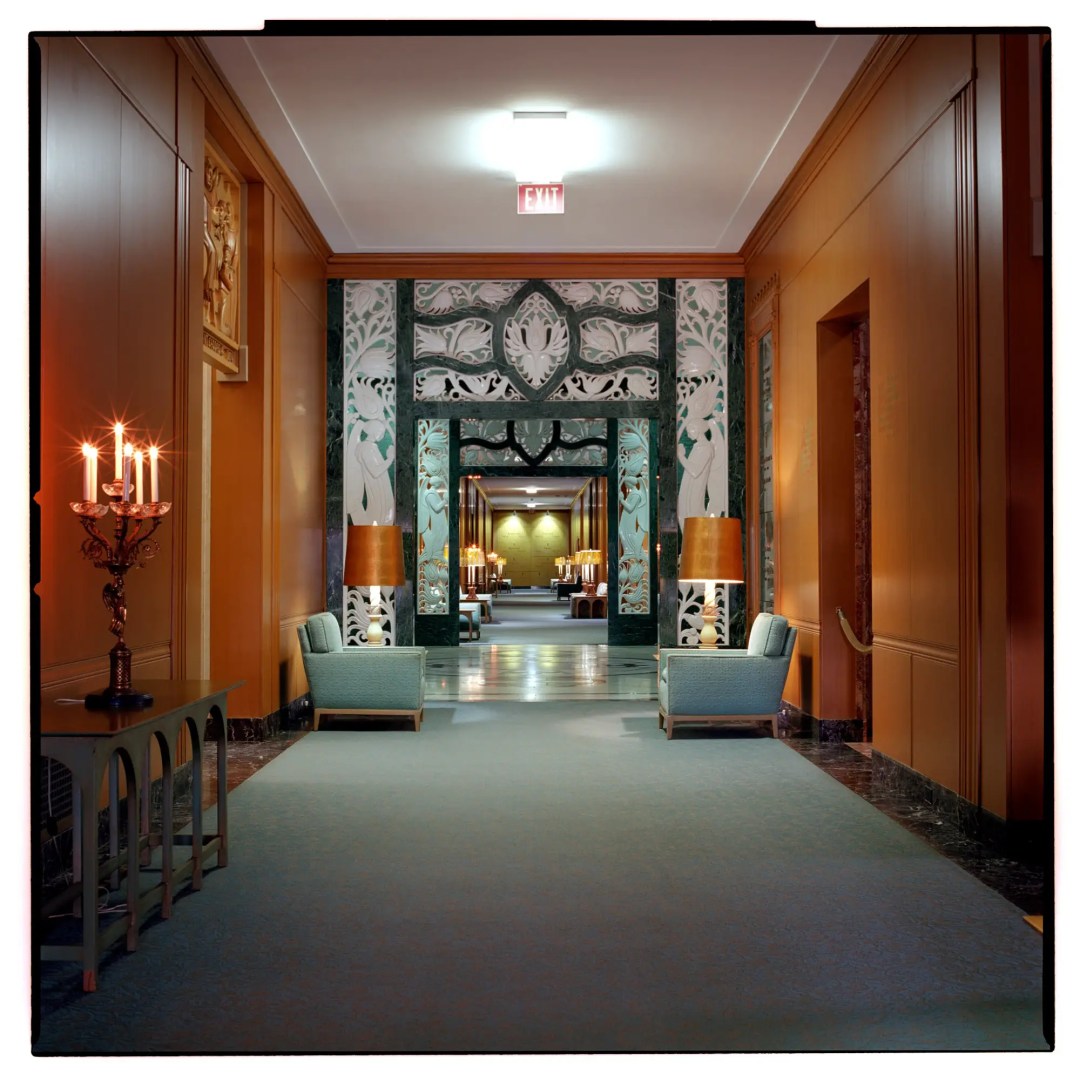
So I have to say it seems like you’re very immune to gear acquisition syndrome that so many people suffer from in this community. Would you say that’s true?
I tell you what, I had a little bit of that with the Pentax 67 and then once I bought that and had that whole rollercoaster experience, I looked at my husband and said “that’s it! I’m done!” FOMO no more. People can talk about the gear and all the stuff they have all they want , I’m good. I’m good with what I got. I’m not very good with technical stuff. I couldn’t tell you what type of lens I have. As far as photography goes, that whole side of it, the gear, testing out lenses, using a bunch of different cameras, that does not interest me personally. I’m not going to yuck on anyone’s yum if that’s what they’re into. That’s fine!
Personally I have a hard time understanding turning over your cameras so quickly. It takes a while to learn what you can really do with a camera and if you don’t give it enough time to develop it, then how do you know if that’s really the camera for format or you? If you try it for three months and decide you don’t like it, in my mind you didn’t try it long enough. It takes a while to figure out what you want to do and what you can make with a camera. For me, that would just be a distraction. The easiest way for me is to keep it simple. I know how to use my Hasselblad. I know what I’m using. I’m familiar with my camera. I’ve been using it for years, so when I go out and shoot that’s one less thing that I have to think about when I’m shooting. For me, the less I have to think about technically-wise the better.
When I think about photography, I don’t want to think about the lens, the camera, etc. I want to think about the image, who took the image, why did they take the image, etc. I’m more concerned about the final result than how you got there.
So speaking of final results, your final results are always spectacular! Your exposures are always so good.
No, no it’s not! It’s SO not. I’m only showing the good stuff. I’m not showing the complete utter crap shots. Those don’t see the light of day! No one gets to see those.
Well, the ones you do show then, the exposures are always great and your lighting is always spot on. Beyond your Hasselblad, is there any other equipment you use, light boxes, flashes, light meters, to get your great exposures?
Nope, essentially when I go into a mausoleum it’s just me, the tripod, the Hasselblad, and my lightmeter. And that’s it. Part of me is like, I’m just working with what I have. If I have to start bringing in flashes and lights and setting things up, I’m just not gonna do it. I don’t want to have to carry that stuff. I don’t want to have to think about all that stuff. I just want to go in with what I have and make the best with what’s there and that’s it. Can you imagine if I pulled a Gregory Crewdson and came in with like 50 lights and had to set them all up!? The mausoleum owners would be like, “Please don’t ever come back to this place again.”
The lighting always seems so great in your shots. So you just must be good at intuitively understanding where the light is and composing a scene around it?
I mean, ish. I don’t think I’m consciously going, “Oh look at this light here.” Because a lot of what I see isn’t what really comes back on the film, because you have reciprocity failure, you have your own brain somewhat white balancing what the scene should look like to your eyes, etc. So sometimes it’s a guessing game. Sometimes I get the film back and am like, “Oh! I had no idea that light would be so blue!” Because my brain won’t really see that, but the film will see it. The film will see everything. And a lot of times, there’s a lot of stain glass windows in mausoleums, so there’s always crazy stuff showing up on the film from those I didn’t notice. A lot of it is a surprise.
I tried to figure out reciprocity failure, but I couldn’t. I mean, I get the concept, but I didn’t take in enough information to use it well out in the field. People have asked me how I meter scenes, am I metering for the shadows? Am I metering for the highlights? I literally just take my light meter and stand by what I’m taking a picture of and that’s it. That’s what I shoot it at. I’ve tried metering the shadows and the highlights and coming up with an average, and I just got too confused. My process is good enough. It’ll be close enough for me. And it seems to be working. Every so often I might get some really weird readings, so then I just bracket the heck out of it and hope for the best. This whole mentality that every shot has got to be a winner is just impossible. If those are your standards you’re going to be disappointed all the time.
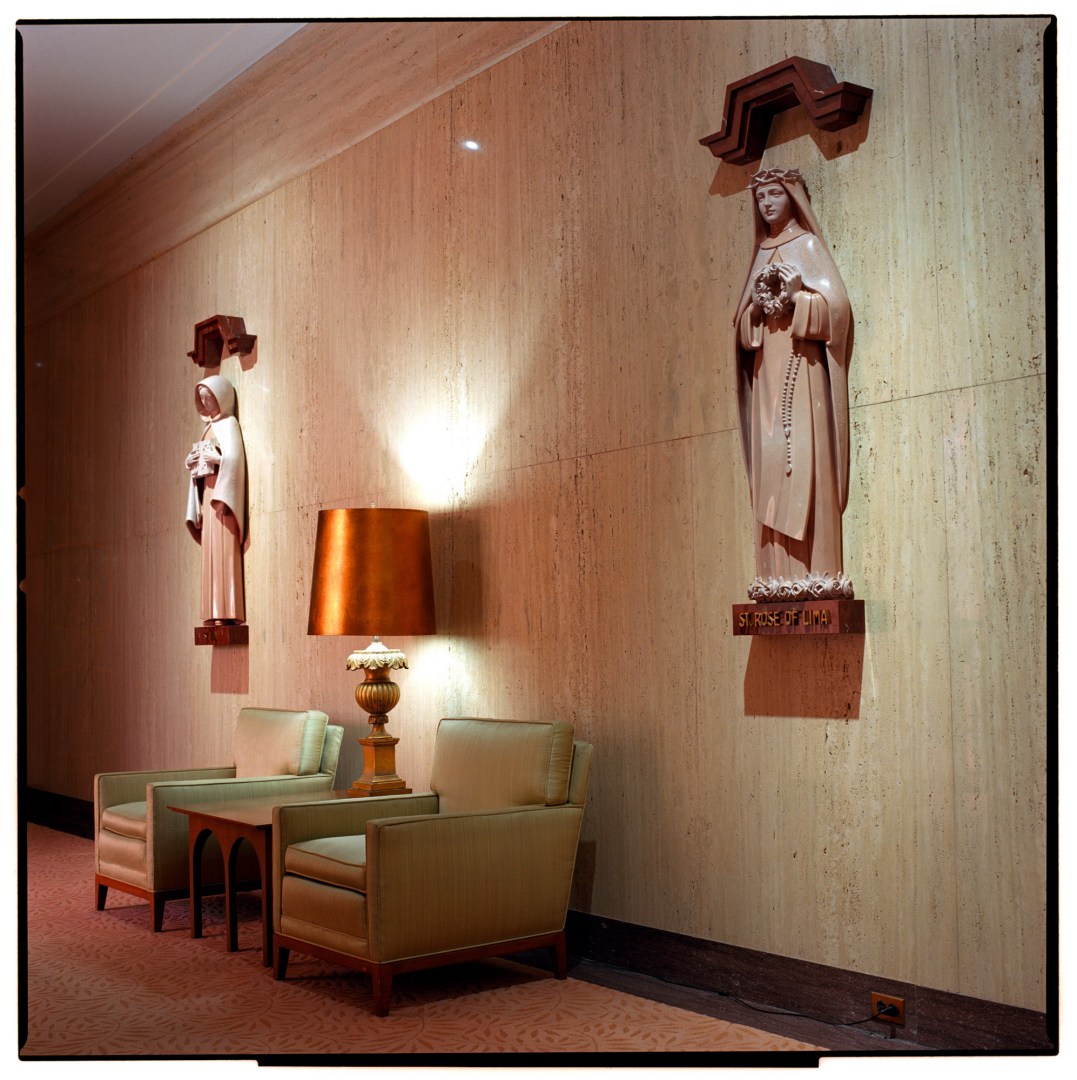
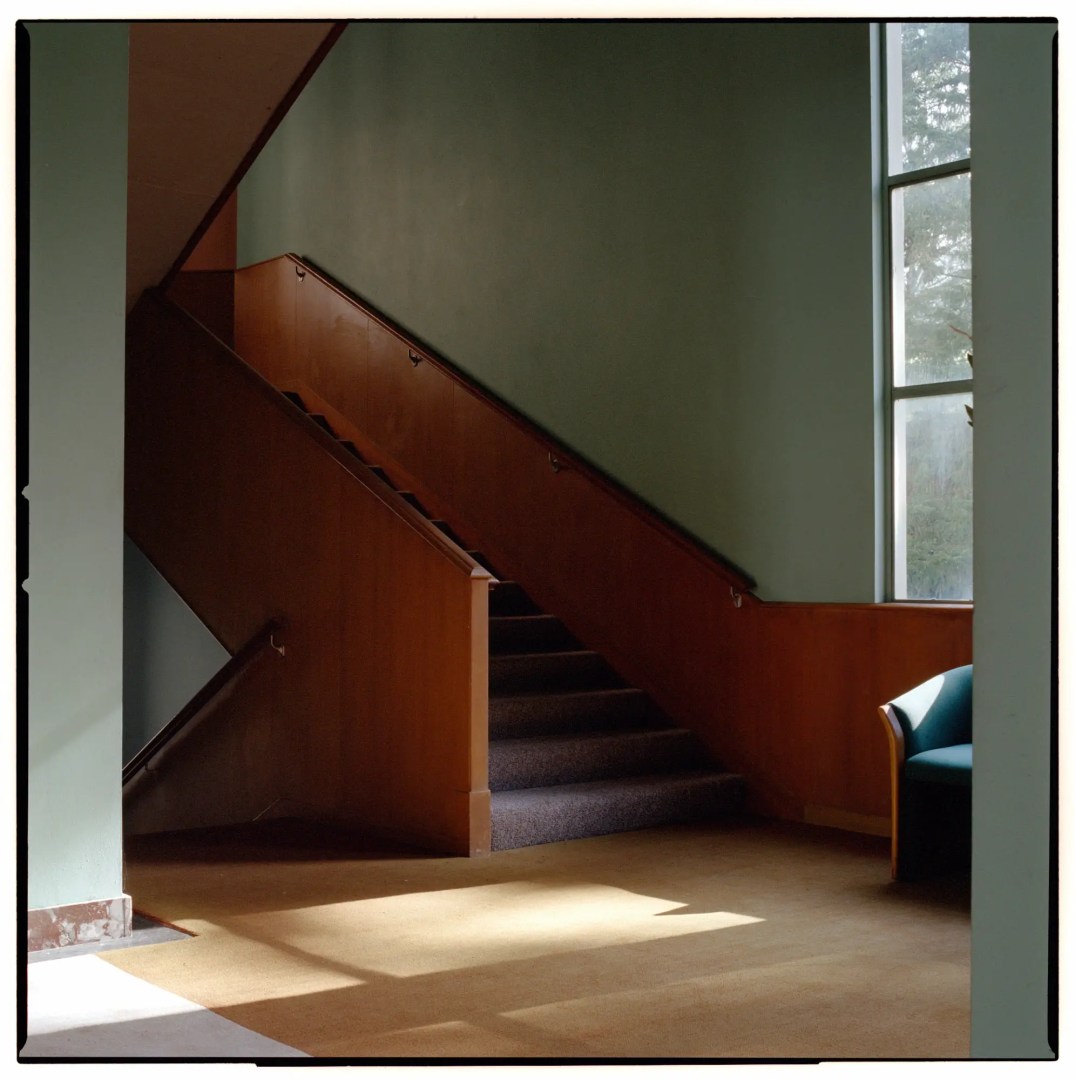
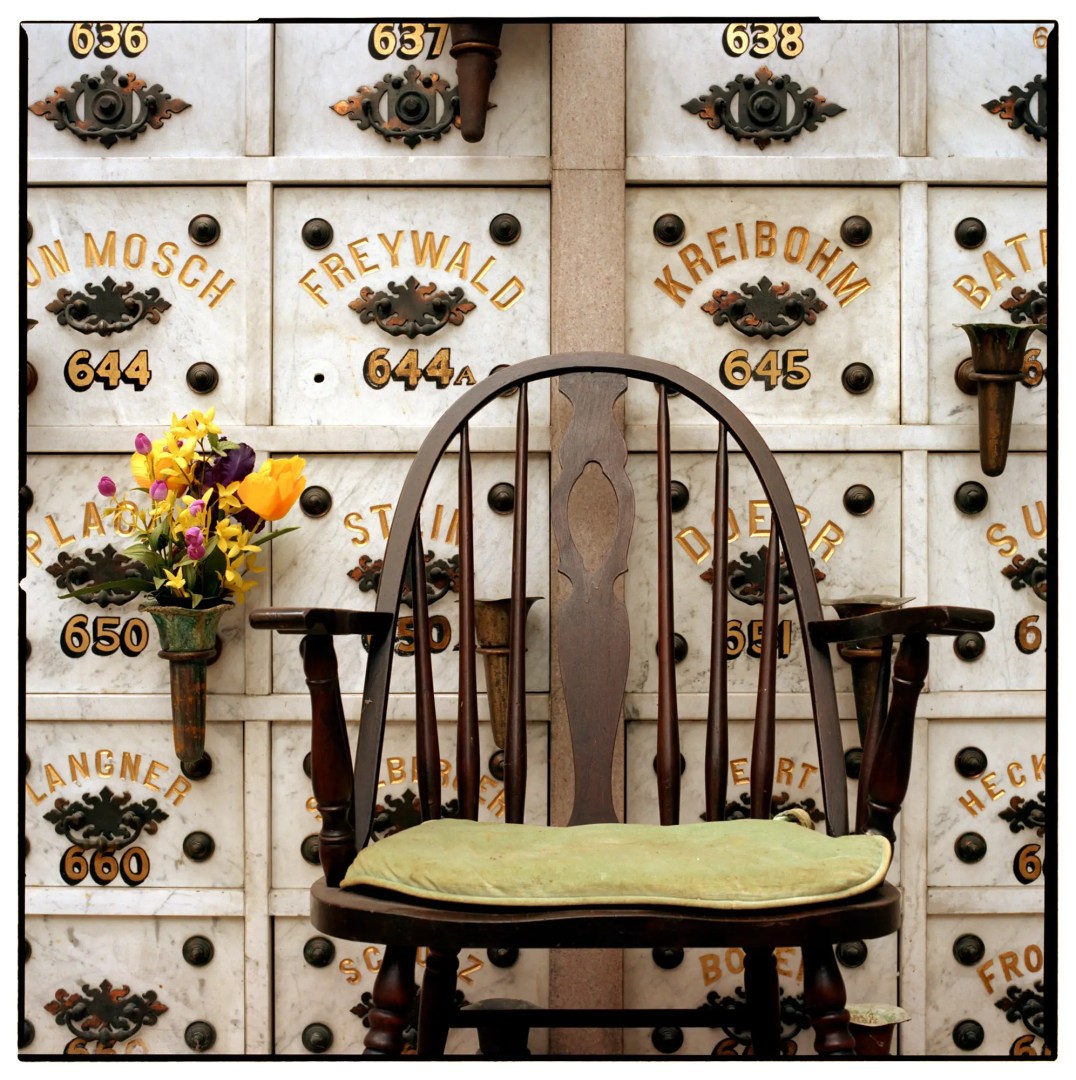
You’ve said you didn’t realize there was such a resurgence in the film world until you discovered it on Instagram. Can you tell us a little bit about your experience with discovering the online film community and the current renaissance?
Well, so far it’s been a lot of fun! And I’m having a good time with it. As long as it stays fun I’m going to continue to do it. I think my experience with it is going to be a lot different than other people’s experience. In March I’ll be 50. I spent 20 years just doing it for myself and no one else. People’s opinions didn’t sway what I was doing because I didn’t have anyone’s opinions to sway it.
I like Instagram. I think it’s an easy place to post your pictures for people to see. I mean, anyone can do it. You don’t have to rely on art galleries or dealers to get your work out there anymore. And I don’t think I have the same relationship with it as some people do. If my picture gets 1 like, I’m fine. If it gets 7,000 likes that’s fun too. It’s enjoyable and that’s a bonus but I’m not going to start changing my work based off what gets likes online. I’m just going to keep doing what I do.
Moving in a different direction, are there any current or past female photographers you find particularly inspiring?
Oh yeah! I’ll sit here and list them all day long. Off the top of my head, I’m going to have to go old school and go to the traditional ones like Marion Post Wolcott, who did a lot of stuff for the FSA. Also Sally Mann, Diane Arbus, Cindy Sherman, you know! All the greats and the legends. Same with Vivian Maier, her work is great! I really like her stuff. Also I’m almost finished reading Sally Mann’s book that she wrote and I’ve also seen several documentaries on her. Just the way she works, and the way she feels about her own work, is so inspiring. I was watching a documentary and she was talking about her work, can’t remember which photos in particular, but she said “I think this is work that people need to see.” Man that takes some confidence and courage of conviction in your own work to be able to say, “I think this work is so good people need to see this.” I wish I had that kind of attitude.
I think my work is good, but I don’t feel like people need to see it. I think that’s very inspiring to have that kind of attitude about your own work. You go Sally Mann! I think it would be beneficial if more female photographers had that kind of attitude and that confidence about their work.
And my last questions to wrap us up! Any projects for the new year that you’re excited for and also where can people find you online?
Basically online, it’s just OctaviaSharpPhotography on Instagram. That’s it!
As far as projects, so many ideas swirling around in my head. I have a motivation problem with getting things going. I definitely am going to continue with the mausoleums. That’s first and foremost. And just keep making work like that. I kind of have an idea for a book. I was trying to figure out a way, if I get good with the Pentax 67, how can I incorporate those images in with my square images. So I just had different thoughts, like perhaps I’ll keep doing interiors of mausoleums on the Hasselblad but add in exteriors of the mausoleums with the Pentax 67. Exteriors can be really hard to do in a square, because the buildings can be very long and big. But now that I have the 67 and a couple of different wide angle lenses, I thought it would be an interesting concept to take some exteriors with the 67 and add in some history of the buildings.
I also want to get better at writing, so I’ve been reading more. Also would like to get a website up and going as well as this book project. So, yeah!
Get Inspired
For more stories behind the images and photography from the community check out the many series we’ve published over the years below!
Featured Photophile – we shine a spotlight on amateur photographers whose work we love.
Photographer Interviews – in-depth discussions with professional and established photogs doing great work.
Female Photographers to Follow – get inspired by a monthly series focused on the beautiful and unique perspectives of female photographers.
Five Favorite Photos – a hand-selected examination of the oeuvre of ur favorite famous photographers.
Follow Casual Photophile on Twitter, Facebook and Instagram
[Some of the links in this article will direct users to our affiliates at B&H Photo, Amazon, and eBay. By purchasing anything using these links, Casual Photophile may receive a small commission at no additional charge to you. This helps Casual Photophile produce the content we produce. Many thanks for your support.]
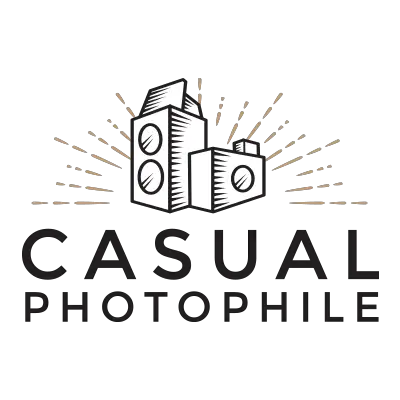
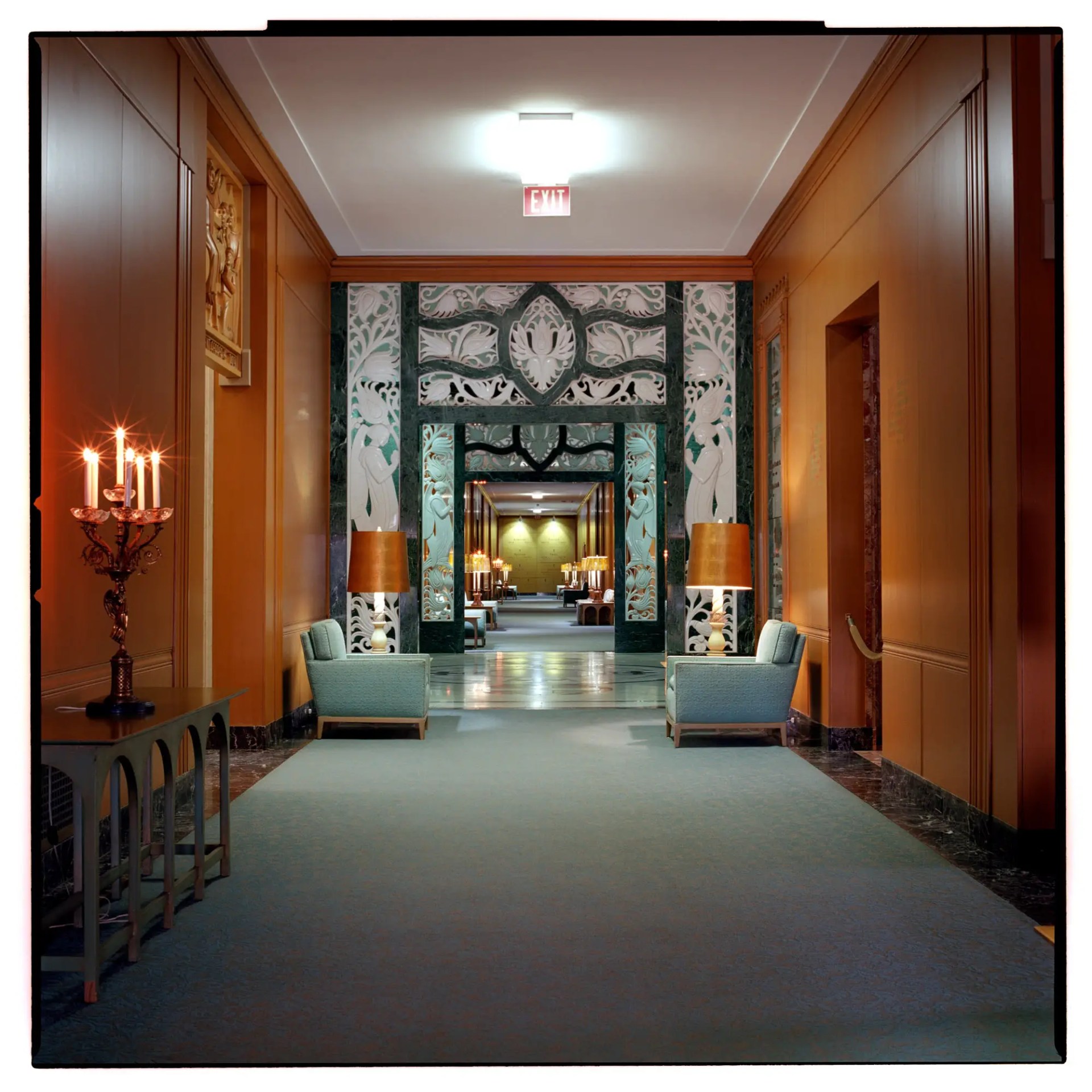
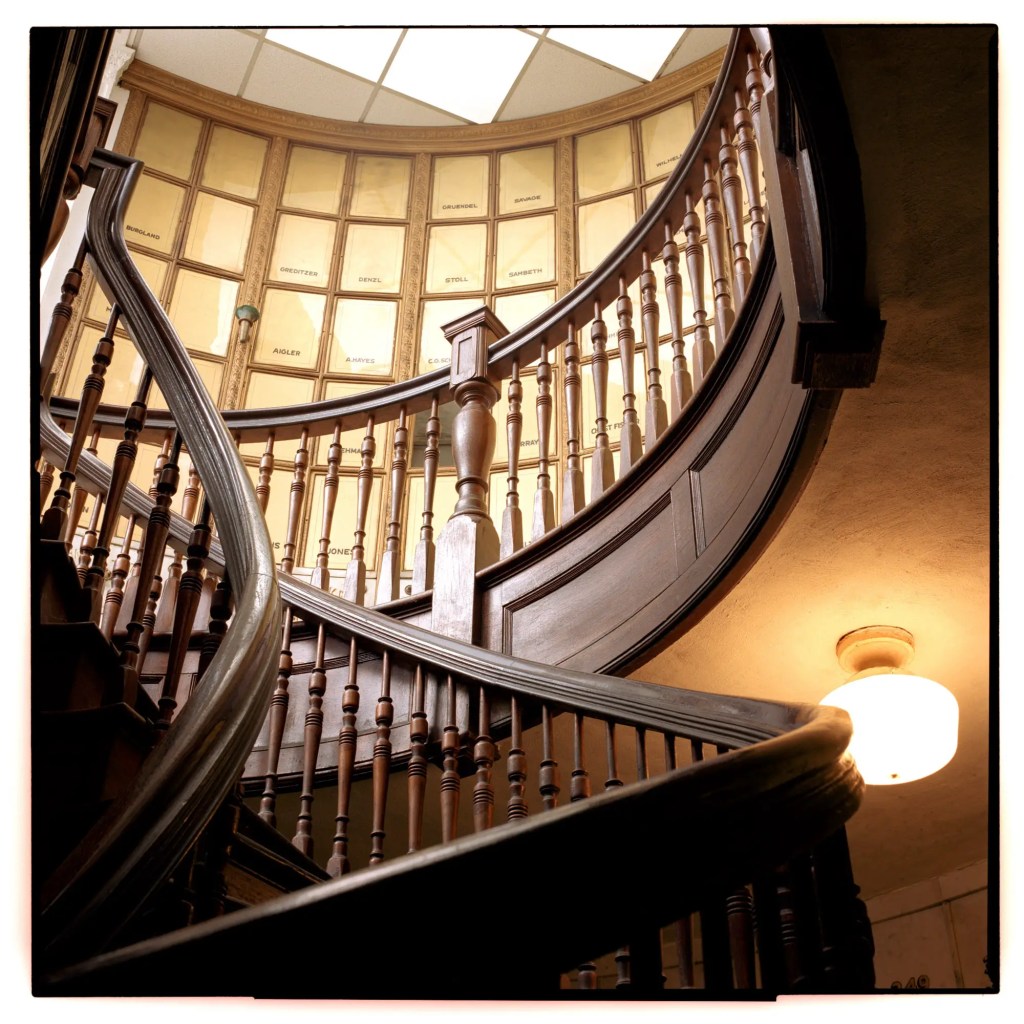
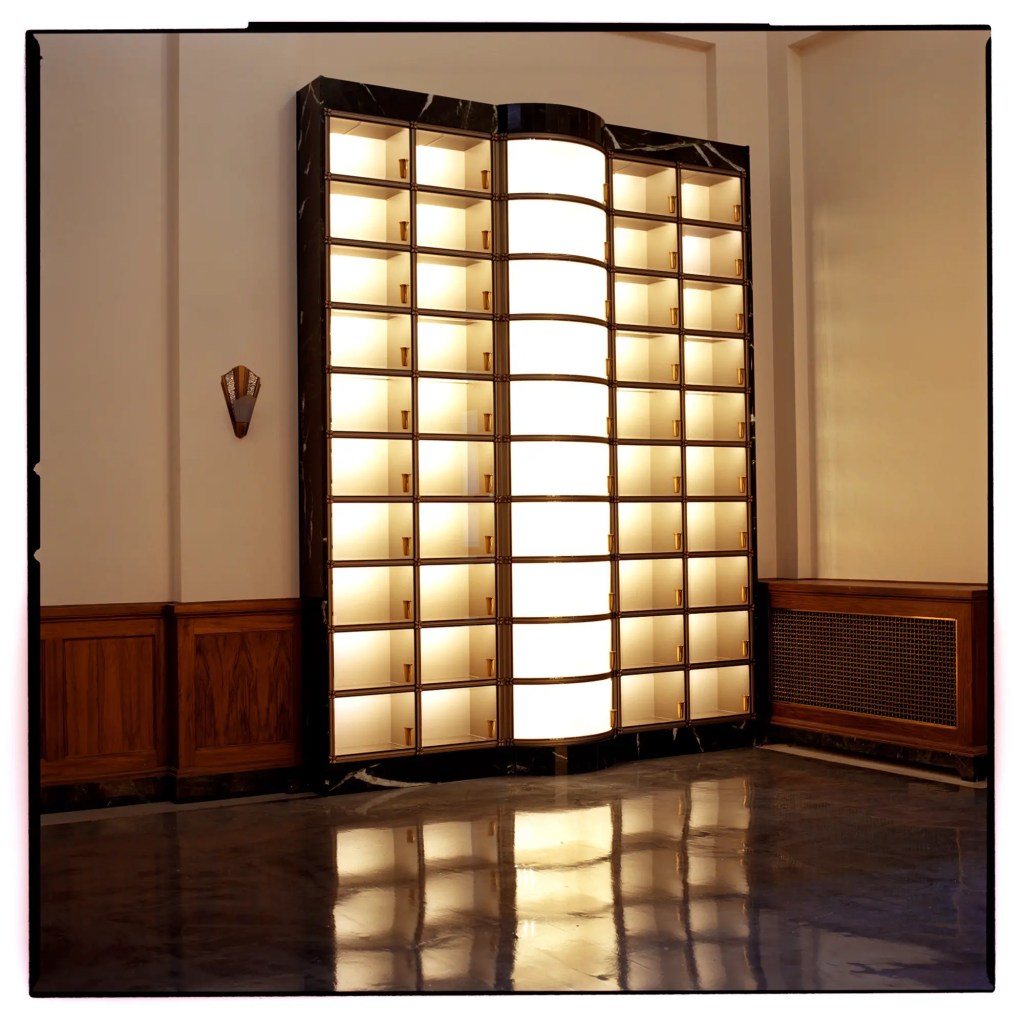
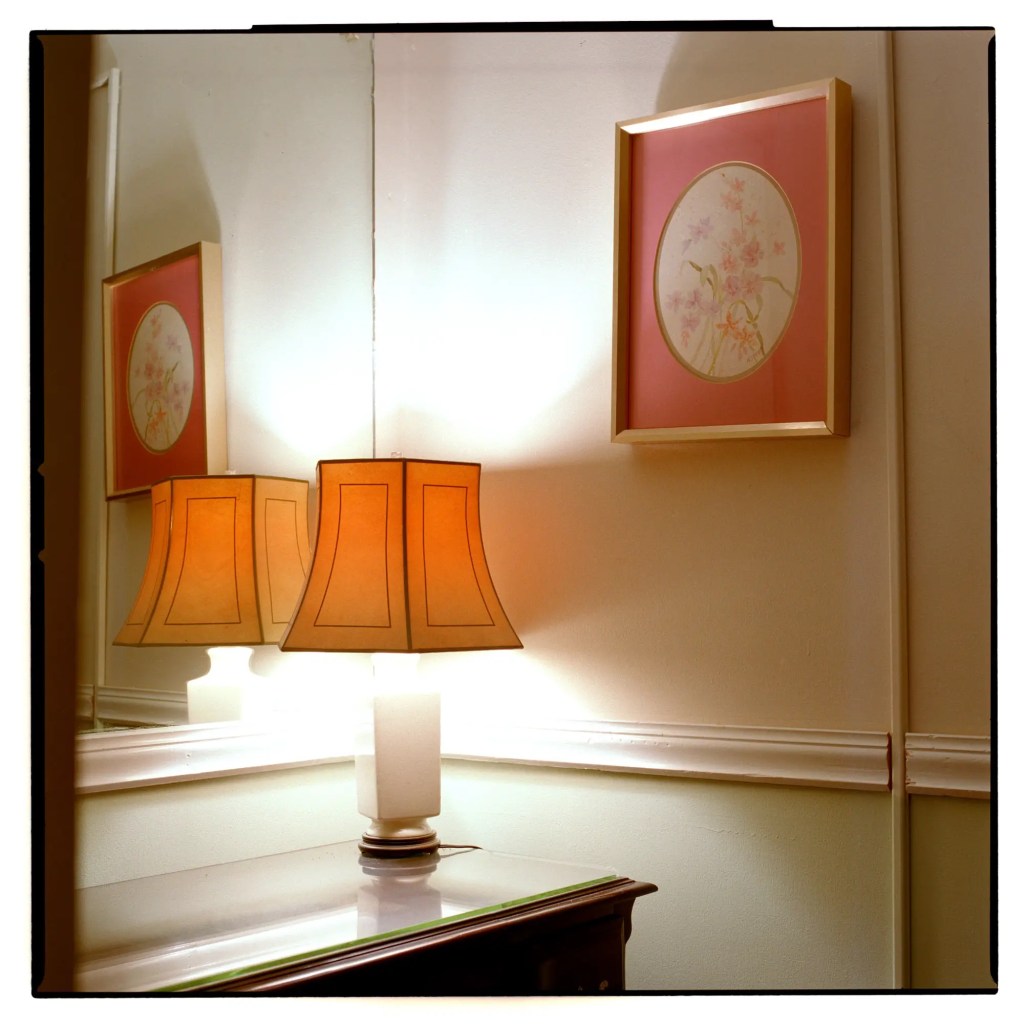
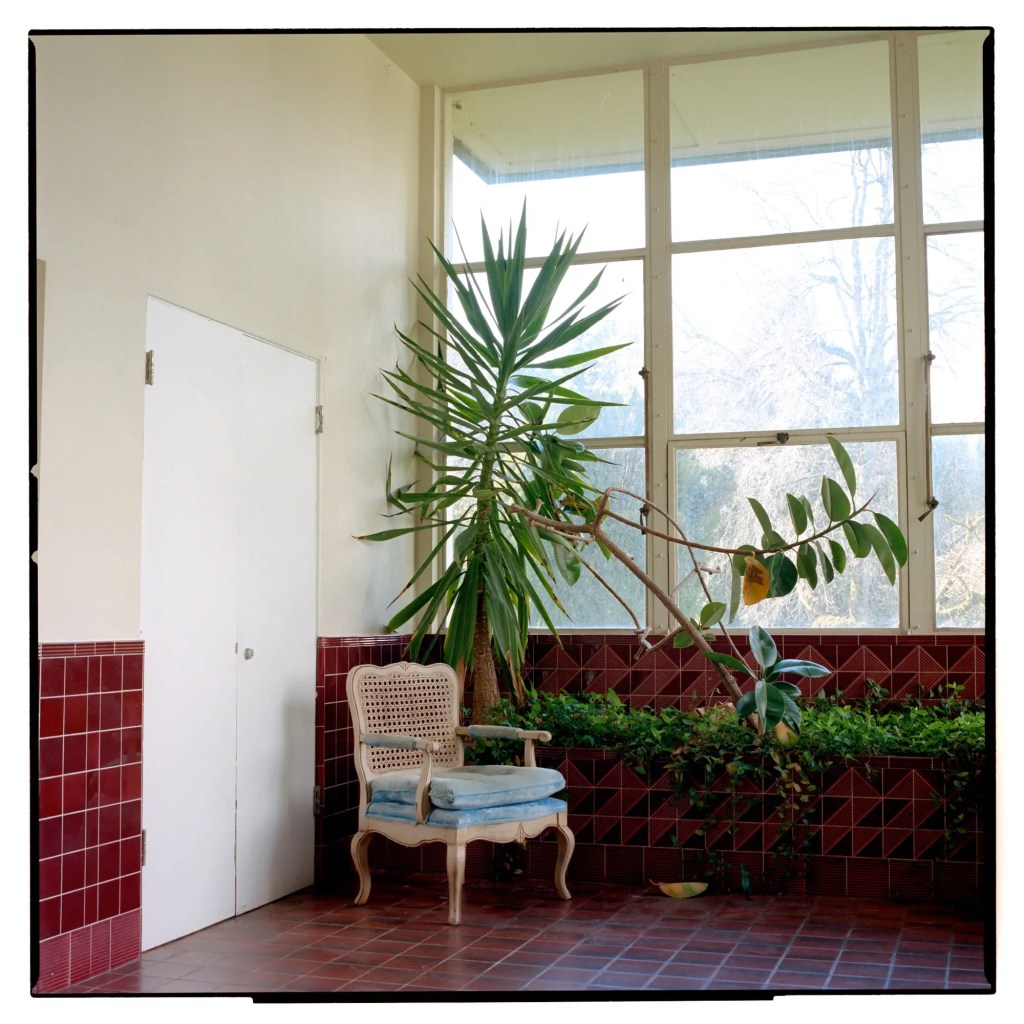
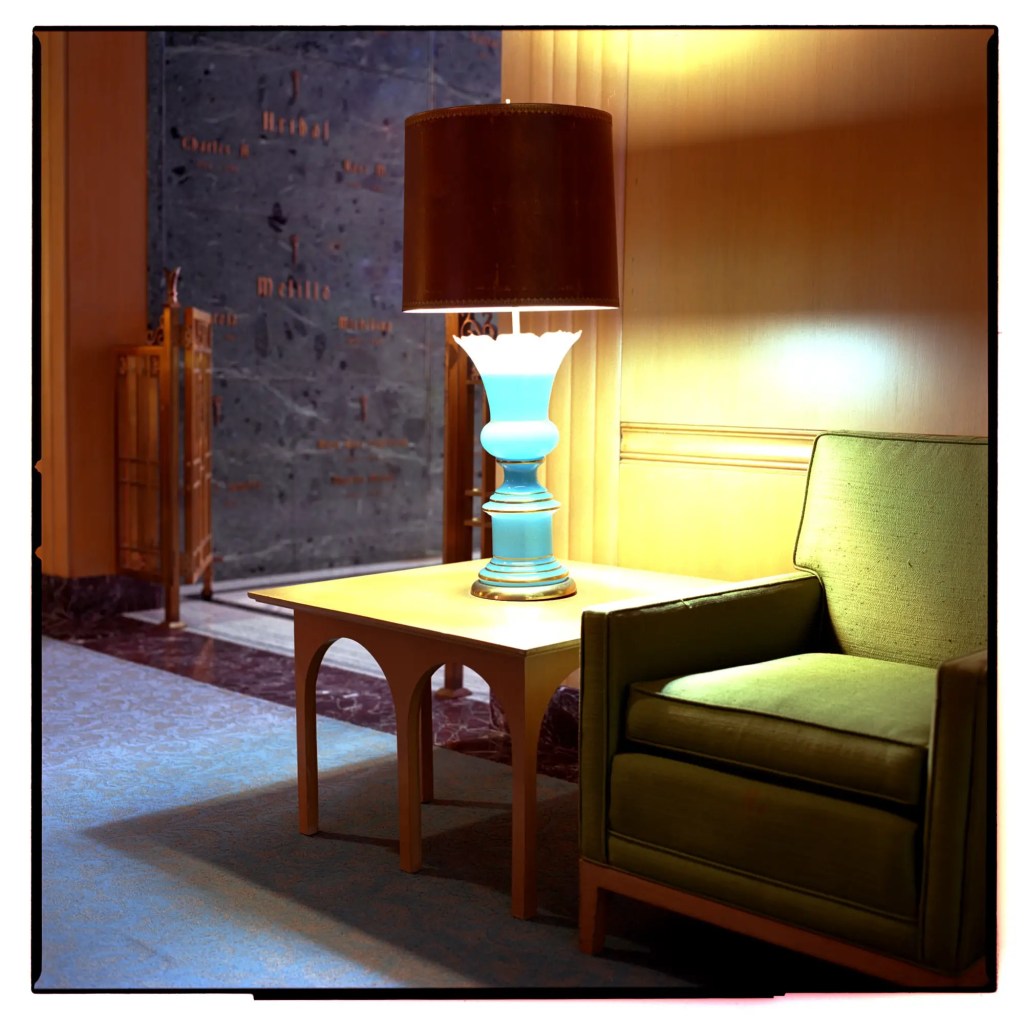
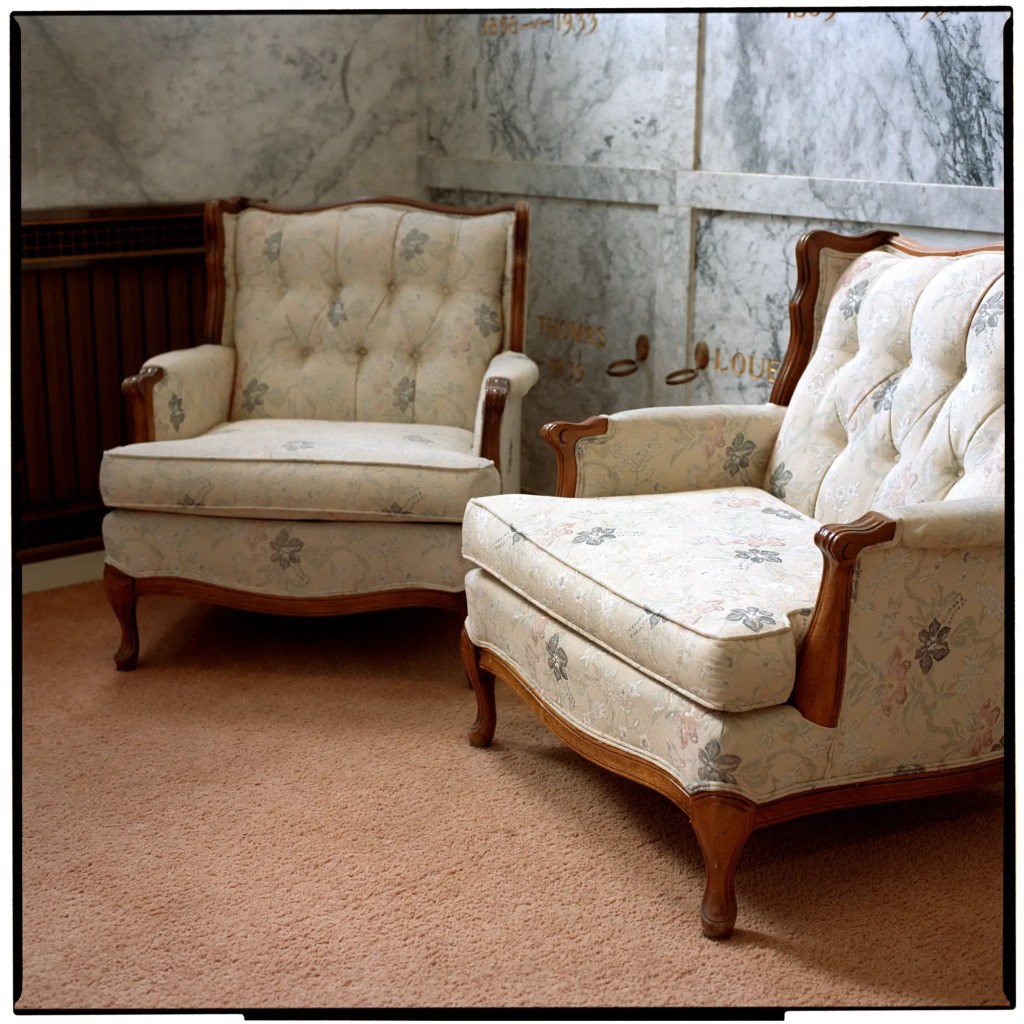

The glamour and vintage splendour of these shots is incredible. Must look into this more, thanks for a glimpse into a world I didn’t even know existed!